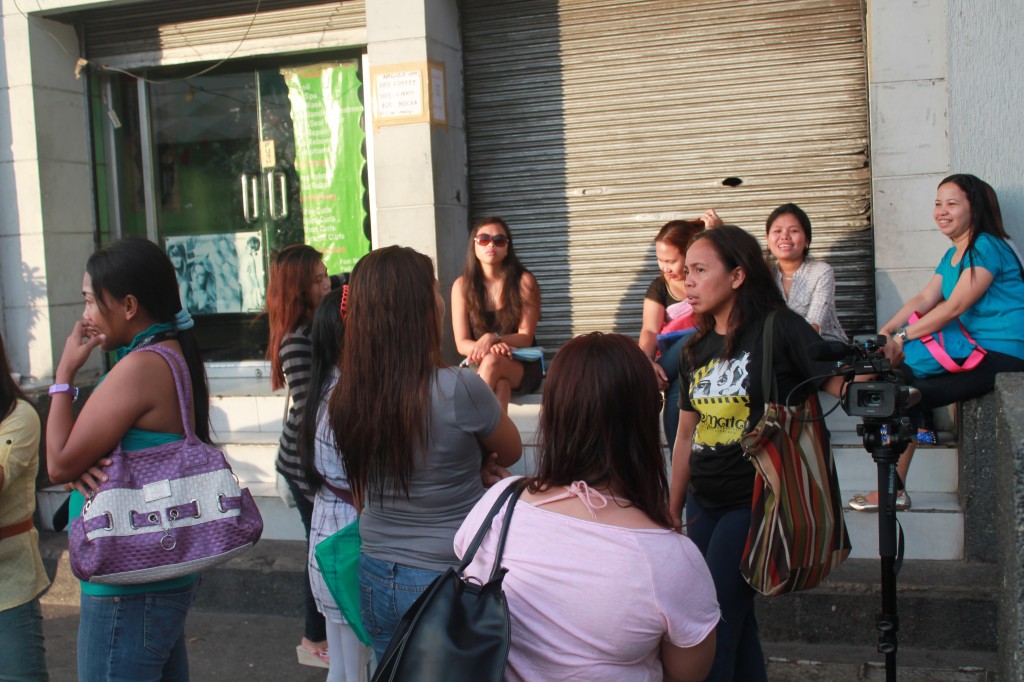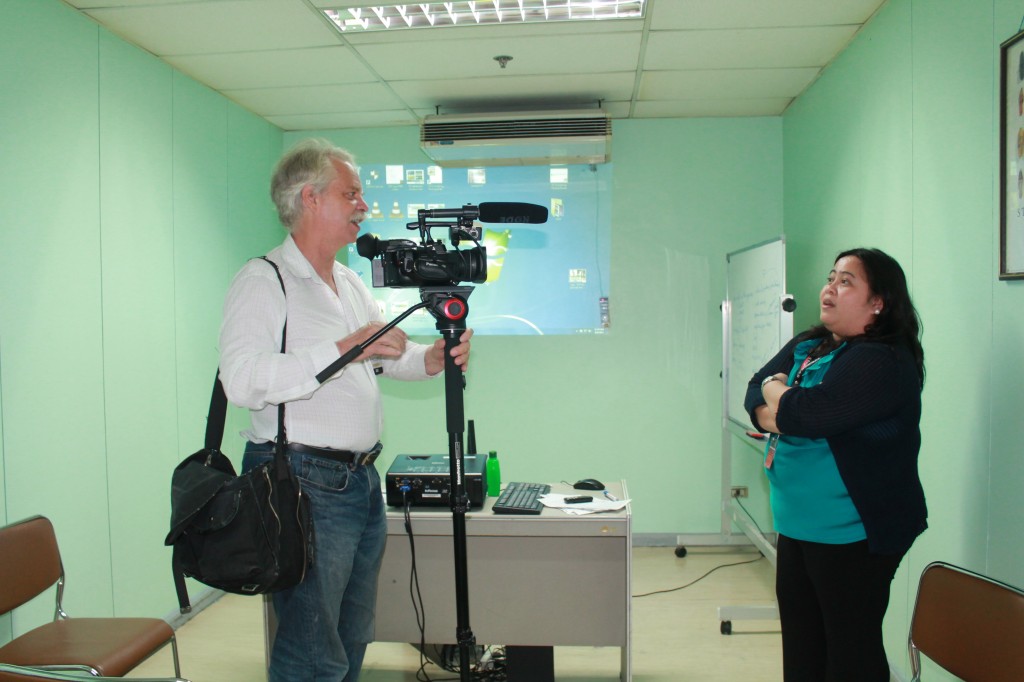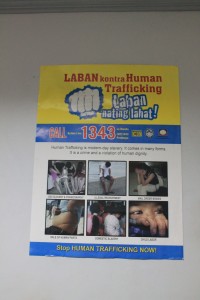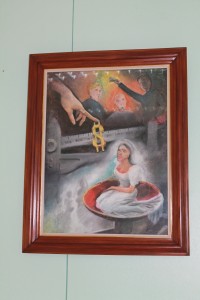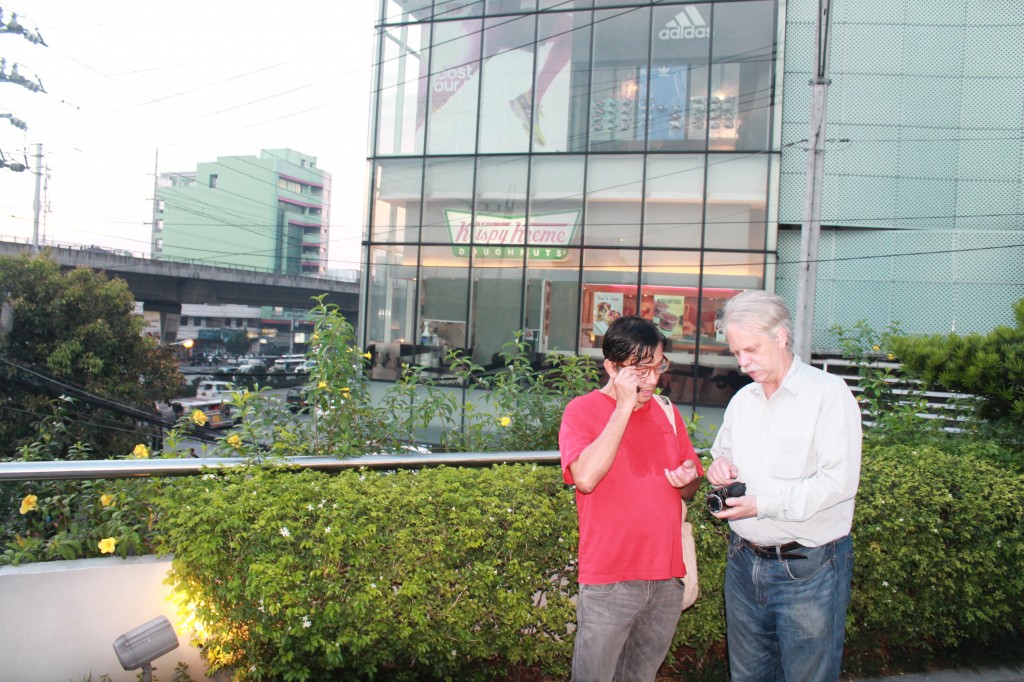Threese Serana and I have been working on a documentary, which I’ve been calling Visa Wives (she likes to call it Filipina Wives). We’ve been working on it for close to a year (but done virtually nothing this fall due to other commitments). It’s been a subject we have been talking about for awhile because it routinely generates negative responses: “you mean mail order brides” is pretty typical. Threese did not come to the US on a Fiancée Visa but that was more circumstantial than anything else. And we certainly get the not-so-nice vibes that radiate from this assumption with reasonable frequency. When Threese’s sister announced that she was getting married to an American and was coming here on a Fiancee Visa, this propelled us into filmmaking action. We have three couples–plus ourselves inevitably–on whom we are focusing. Her sister and husband Stephen, Threese’s best friend Fleur Harris, who also came on a Fiancée Visa, and one of Threese’s cousins who has US citizenship and was bringing over Welchie, now his wife, on a FV.
This past summer we went to the Philippines and filmed the back story if you will. The overwhelming number of Filipinos who come to the US on Fiancé Visas are women and the largest number of Filipinas on VFs go to the US compared to other countries. Plus the largest number of women coming to the US on VFs are from the Philippines.  All Filipinas must attend an one day seminar at the Commission of Filipinos Overseas in either Cebu or Manila.
All Filipinas must attend an one day seminar at the Commission of Filipinos Overseas in either Cebu or Manila.
So we filmed a number of related scenes, including a long interview with Supervisor Ivy Mirvalles. We were impressed by their insights, dedication and willingness to talk openly about the issues. We also talked to some of the women. As is so often the case, we were moved by their stories, which did not easily conform to the “mail order bride” scenario.
Nick Deocampo also pitched in and did some shooting for us at the mall, using his small camera. It was amazing to watch him move through the space with remarkable grace and elegance.
If the guys seem to be behind the camera a lot, well that’s because Threese was doing the crucial work in front of the camera. And sometimes she had a chance to photograph us, but not so much vice versa.

